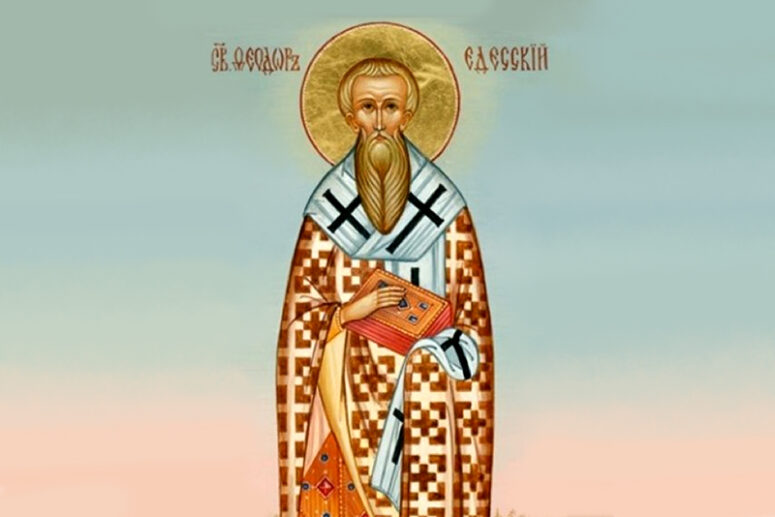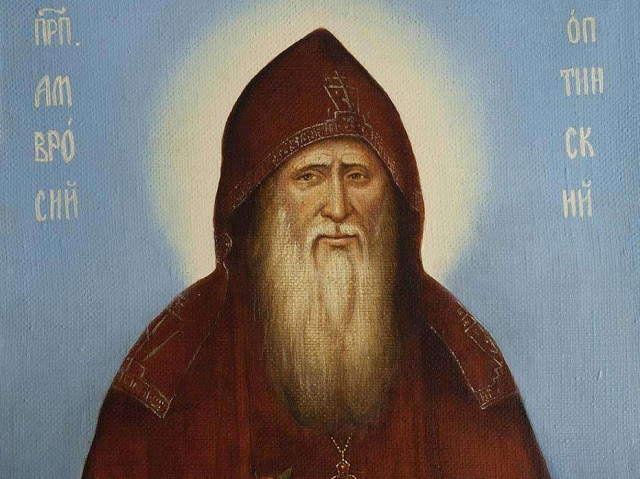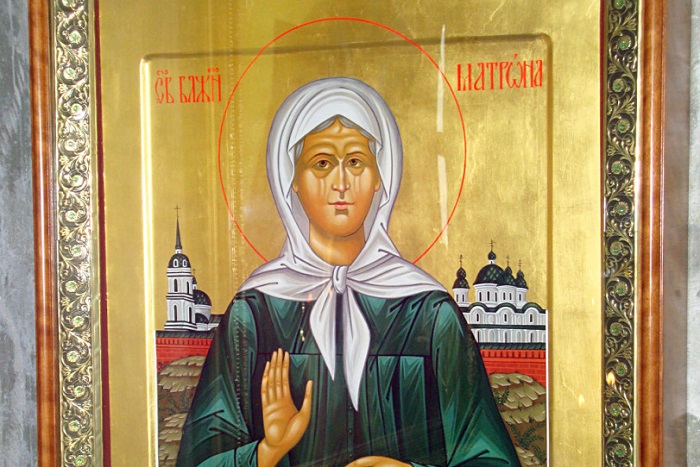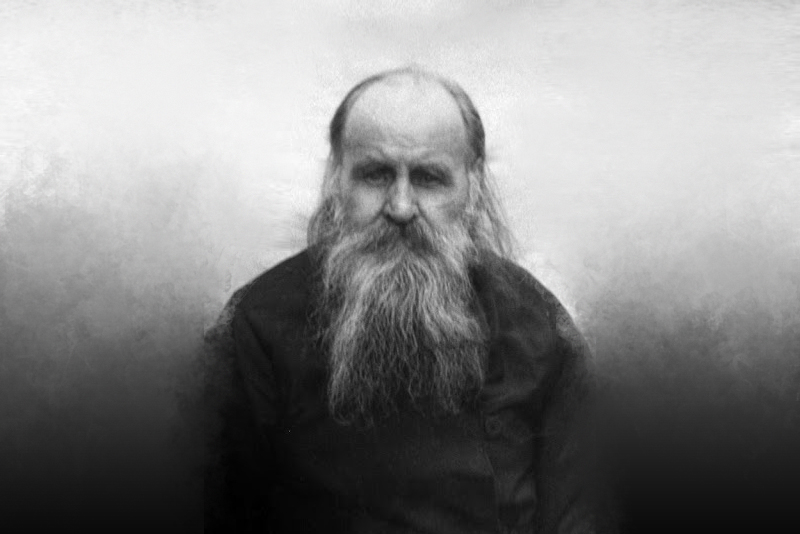
A reclusive bishop and an Orthodox caliph, a Syrian and an Arab, an ascetic, a writer and an astronomer – we have a lot to discuss today.
If we open the church calendar on July 22nd, we will see the name of St Theodore of Edessa. From the life of St Theodore we learn about St John (Mavi) of Persia, also commemorated on this day. For some reason, the only mention of him can be found in the Menaion, where the Church glorifies her faithful servant with the words of the troparion: “Having cured your bodily and spiritual sickness by faith in Christ and instructed by your true teacher Theodore, O glorious King John Mavi, you suffered unto death for Christ with your three faithful youths, appearing as a martyr among rulers”.
So, St Theodore had a follower, Royal Martyr John (Mavi). Let’s try to delve into this in a bit more detail.
This summer reminded us how exhausting heat can be. Only imagine what it would be like to endure it for 36 years, working and maintaining clarity of mind for unceasing prayer. This is the challenge that the future Holy Hierarch Theodore had to face. He came from the famous city of Edessa in the south of modern Turkey, near the Syrian border. Theodore lost his parents at the age of twenty. At that time he distributed his estate among the poor and went to Jerusalem. The road there had been paved for Christians by the Emperor Constantine the Great. In The Holy Lavra of Saint Sabbas, he takes monastic vows and first stays for 12 years in obedience to the monastery elders, and then spends 24 more years in seclusion. As it is the case with many ascetics, this period of St Theodore’s life is hidden from the eye. We can only guess what temptations and difficulties he had to overcome and what kind of struggle his life was.
After such a thorny path, the Lord calls St Theodore to a new kind of service. By the joint decision of the Jerusalem and Antioch patriarchs, he was chosen to become Bishop of Edessa, his home city. The exact date of this event is unknown, but let us note that it took place around the 9th century.
It should be said here that there is one important detail behind the mentioned ‘stereotype’ event. If we look at the lives of many ascetics, hermits, anchorites and desert dwellers, we will notice that it was always difficult for them to follow the Lord’s call to abandon their places of solitude and take up on a different service. Only their humility helped them accept the will of God. For a person who has tasted the sweetness of communion with God in the silence of his own hermitage, going back to dwelling among people is always a sacrifice. The hierarchical ministry, with its pastoral, spiritual and administrative concerns, leaves much less time for prayer. But, nevertheless, Theodore sacrifices the peace of his seclusion for the sake of the people whom he now needs to serve. If we think about it, we can make a parallel with our everyday life where we are often called to sacrifice our “holiness” for the sake of our neighbors. By ‘holiness’ I mean our prayer, fasting and other rules. Of course, this sacrifice has its limitations, which are clear to every Christian. But perhaps there are times when, let’s say, we shouldn’t insist on strict fasting for the sake of our loving neighbor who prepared a meal for us. In no way should we use this principle to justify our laziness or gluttony; our sacrifice here consists in the fact that we are giving up something that we do not want to give (in our case, it is fasting, with its lightness and excitement, that cannot be higher than love for our neighbor: “Love is the highest blessing of all the blessings indicated in the Holy Scriptures,” writes St Theodore in his edifying works, “And there is no virtue that unites and reconciles us with God, without being associated with and derived from love, inexpressibly embracing and protecting all virtues”.

Theodore dedicated much effort to the struggle with Manichaeians, Nestorians, Monophysites and other false teachings that the Church was still plagued by at the time. The life of St Theodore, compiled by his nephew Basil, Bishop of Emesa contains an interesting episode. With the blessing of Elder Theodosius, who lived nearby, St Theodore took a trip to Baghdad, then the capital of the Abbasid Caliphate. His goal was to convey to the Caliph a complaint about the unjust oppression of Christians. The saint found the ruler Mavi seriously ill. After a prayer St Theodore put a piece of earth from the Holy Sepulcher into water and gave it to the Caliph to drink, after which he recovered. Mavi asked Theodore to stay at the court for some time. As a result of his conversations with the saint and following his instructions, the caliph, with his three servants, was baptized. Please note that it happened in a dynasty that traces its ancestry to the uncle of Muhammad, Abbas ibn Abd al-Muttalib. Not surprisingly, when Mavi told his people about the adoption of Christianity, an angry mob tore him and three servants apart.
If we turn to the history of the Abbasid Caliphate, we will not find a ruler named Mavi in the ninth century (a caliph with the same name lived a hundred years earlier). However, a considerable part of researchers believe that we are talking about the caliph al-Mamun, famous for his brutal suppression of the uprising in Egypt and his attempts to search for treasures in The Great Pyramid of Giza. His biography contains information about his curiosity, making it more likely that he listened to St Theodore instead of immediately sending him to execution or prison. After his accession to the throne in Baghdad in 813, al-Mamun attracted scholars to govern the state; focusing on the ancient Persian academy of Gondishapur. He also founded the House of Wisdom, a library and an astronomical observatory. Due to this fact, a crater in the equatorial part of the visible side of the Moon was named in honor of Caliph al-Mamun.
Muslim legends of today do not say anything about the adoption of Christianity by al-Mamun. There is also another version, connecting St Theodore’s visit to Baghdad with Caliph al-Muwayyad, who was later killed by his brother al-Mutazz. The exact name of John’s (Mavi’s name in baptism) executioner remains unknown, but it is hardly important today, just as naming a Moon crater after a saint hardly means anything in terms of eternity. What’s important is that today we have a saint whose example of masculinity and courage we can follow.
“None of us can escape the intrigues of the devil through our own efforts, but only by the invincible power of Christ,” writes St Theodore, who himself acquired this Power and used it to inspire his spiritual child, Mavi, the martyr. For thousands of years the Lord intertwines people’s destinies in amazing ways, constantly lighting new “stars” in the firmament of holiness.
Translated by The Catalogue of Good Deeds
Source: https://pravlife.org/ru/content/asket-i-astronom-dva-raznyh-puti-soshedshihsya-v-odnoy-tochke




